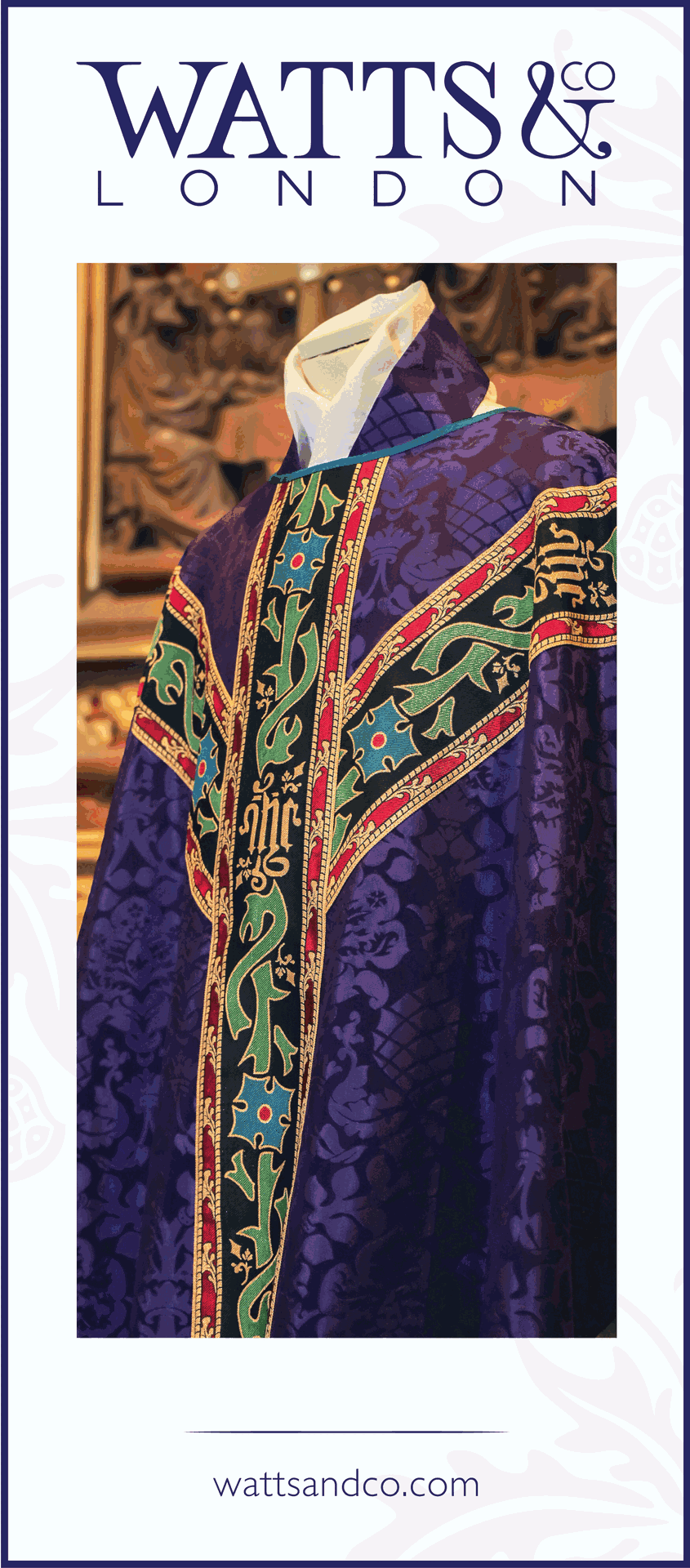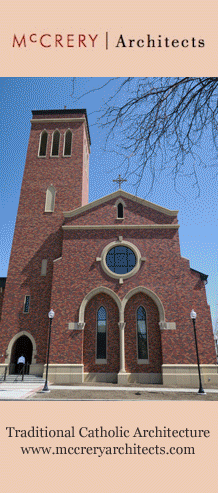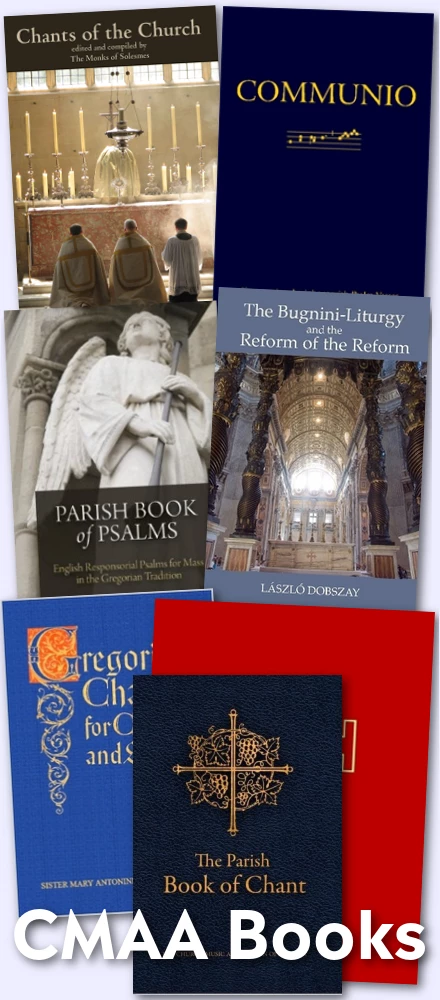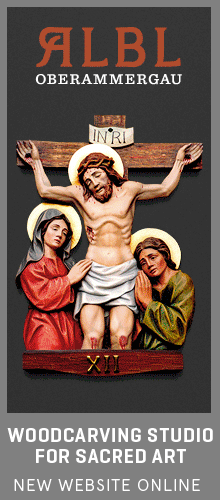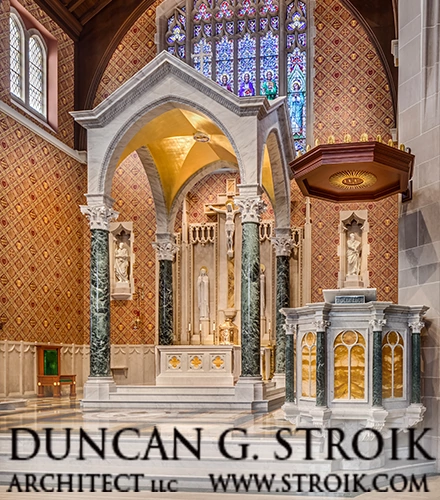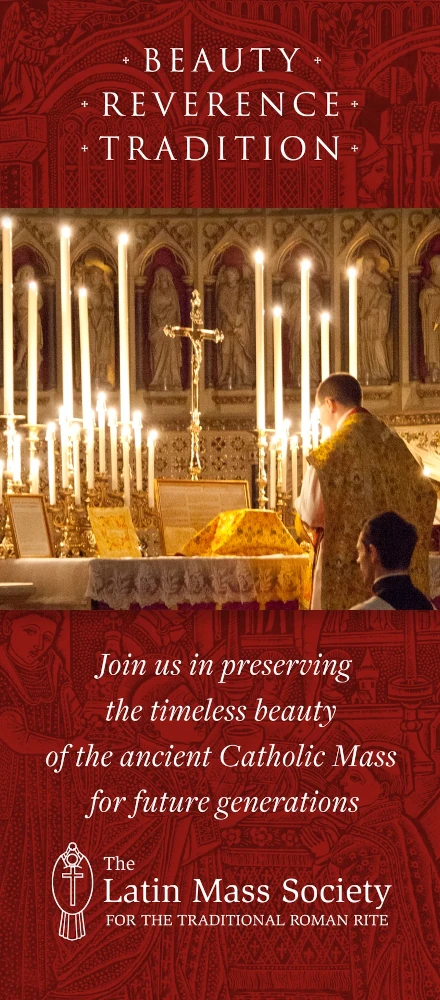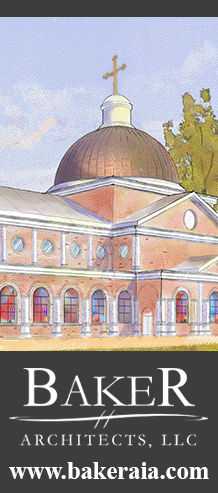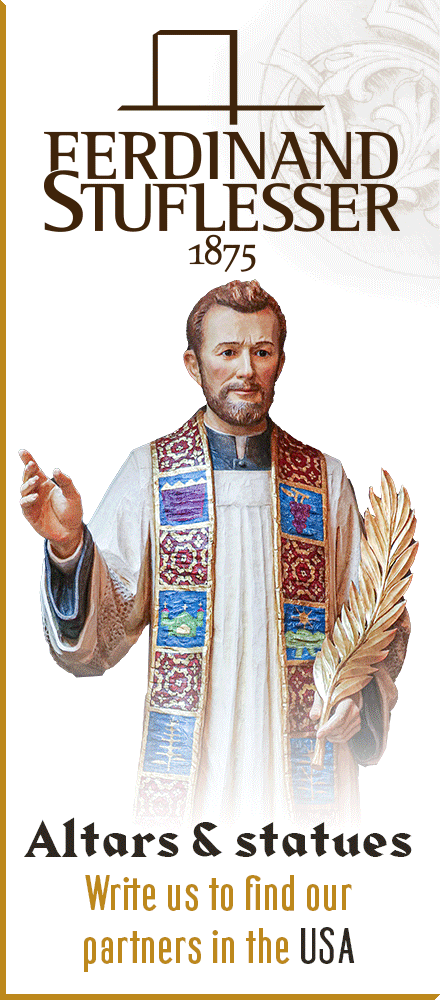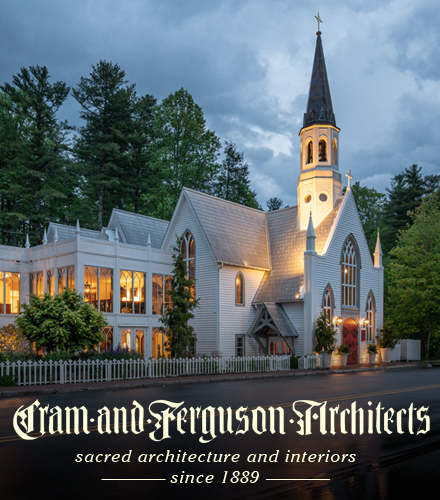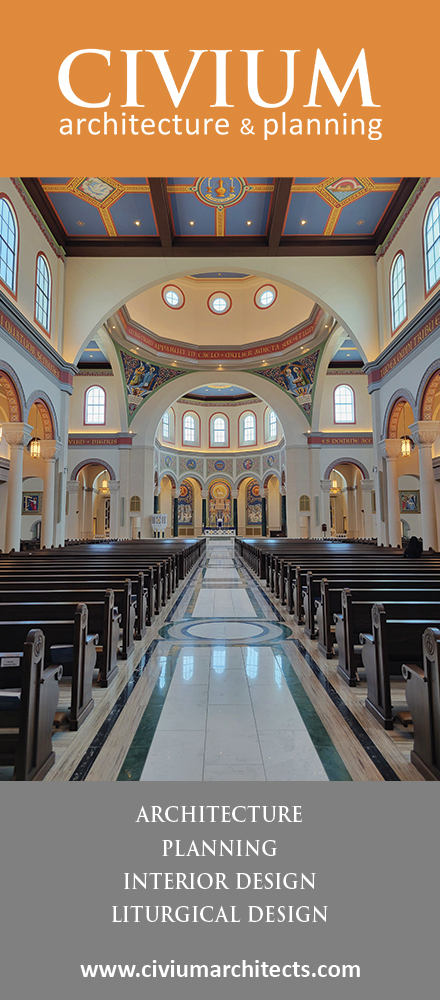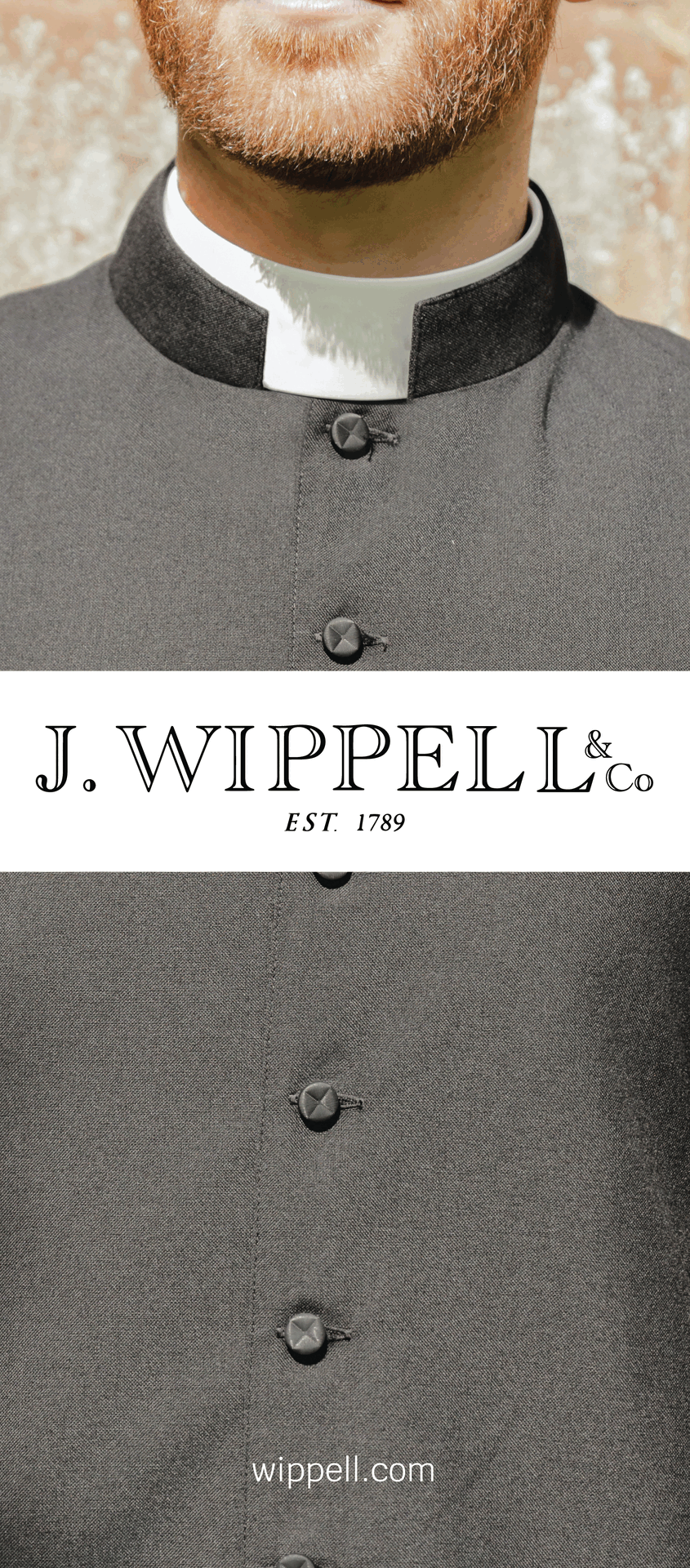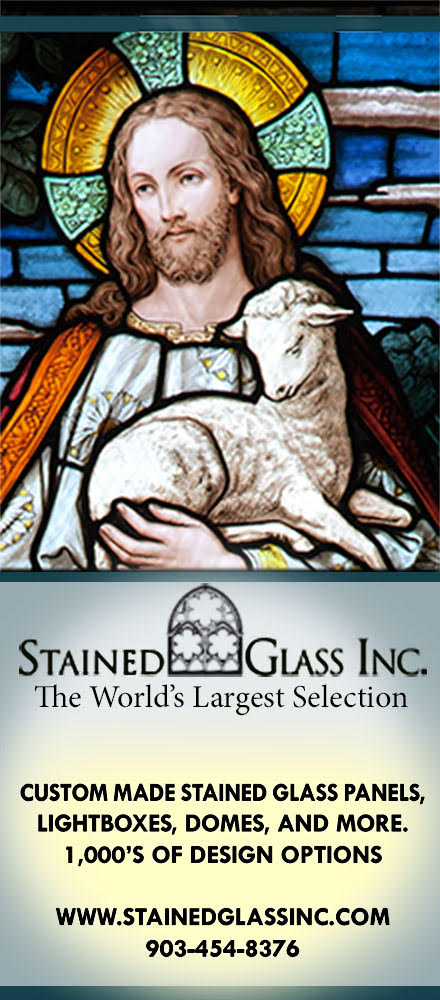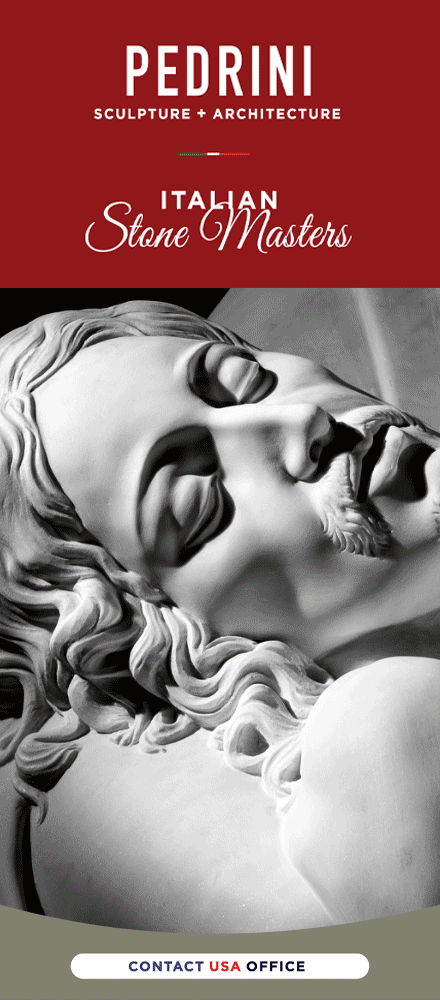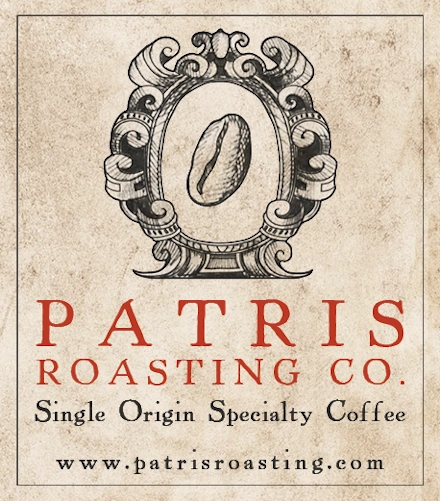The Scottish sculptor Alexander Stoddart refers to himself as a heroic realist, but his work--which spans both private commissions and some ecclesial work--definitely places itself squarely within the larger tradition of Western art. He has had a long history of working in collaboration with architects to create a fusion of architecture and sculpture seldom seen today. Whatever one may think of his stylistic choices from a purely subjective point of view (and I find them perfectly justifiable), he is one of the few truly serious traditional artists working in the medium at present, and thus worthy of our time, study and consideration. His work stands in public squares in Edinburgh, on the campus in Princeton, in Buckingham Palace, and many other sites of civic and world importance. To ignore such cross-currents is to ignore significant trends within the major part of the traditional architectural community today.
***
One thing I would like our readers to consider over the next few days as I post other new architectural and sculptural work by outstanding traditional artists, I think many of our readers--and many Catholics of a traditional bent--are too quick to reject the work of most of the few talented artists out there because of issues of style. This is unfortunate, as often the only other option is to resort to inferior, mechanically-produced copies, a solution seized upon entirely too quickly as a viable option. This is not to say style is immaterial, but the issue of Gothic versus Classic versus Romanesque at this point in time serves to cloud the larger issue of artistic quality. Not all Gothic, or Romanesque, or Baroque, is created equal, and a partisan enthusiasm for one particular traditional style over another, whatever its legitimate merits, should not excuse faulty workmanship.
The solution here is not to reject their work but ask up-front for what you want, if you have a problem with style. Artists with a traditional background are often surprisingly accomodating, so long as they have the right training. A Catholic renaissance (or what-you-will) of the arts will not come without artists, and artists cannot live without commissions. Don't settle for the first amateur you come across, but search hard. There are real sculptors and painters out there today, who go (figuratively) hungry whenever a commission is handed out thoughtlessly.
I have referred, in the past, to originality, but I do not mean originality in the sense of novelty or rejection of tradition, but rather freedom within the Catholic artistic tradition in its many forms. An original composition, rather than a catalog-bought copy, may faithfully reproduce the requirements of Catholic iconography, but it is also able to respond more specifically to the local traditions of a place or parish. Even a hand-painted reproduction of a famous work by a competent copyist can fit itself better to the specific qualities of a parish than something made by machine, because of the intervening human element.
We abhore electric altar candles and cringe at the idea of bringing recorded music into mass--why should we settle for equally cheap stopgaps when it comes to art?
***
Some samples from Mr. Stoddart's portfolio:
St. Rita; a bronze for a marvelously inventive private chapel done by British architect Craig Hamilton.
A pair of winged figures designed as part of the architecture of John Simpson's new Queen's Gallery in Buckingham Palace.
Processional Cross maquette.
St. Nicholas of Tolentino.
A bust of Scottish composer James MacMillan, who has been featured in these pages before. The prongs on either side of the bust represent the ancient lyre.
More here.
Monday, January 28, 2008
Alexander Stoddart, Sculptor; and a Digression on Artistic Quality
MatthewMore recent articles:
The Suscipe Sancta TrinitasMichael P. Foley
Lost in Translation #125 After the lavabo, the priest goes to the middle of the altar, looks up to Heaven, and, bowing, asks the Triune God to receive his entire offering: Súscipe, sancta Trínitas, hanc oblatiónem, quam tibi offérimus ob memoriam passiónis, resurrectiónis, et ascensiónis Jesu Christi, Dómini nostri, et in honórem beátae Maríae s...
Pope Leo XIVGregory DiPippo
Today, the Sacred College of Cardinals elected His Eminence Robert Cardinal Prevost, hitherto Prefect of the Dicastery for Bishops, as the 267th Pope and bishop of Rome; His Holiness has taken the name Leo XIV. He is the first American Pope, a native of Chicago, Illinois; he became a member of the Order of St Augustine in 1977, and served as the su...
The Basilica of St Victor in MilanGregory DiPippo
The church of Milan today celebrates the feast of the martyr St Victor, a Christian soldier from the Roman province of Africa, who was killed in the first year of the persecution of Diocletian, 303 AD, while serving at Milan under the Emperor Maximian. He is usually called “Maurus - the Moor” to distinguish him from the innumerable other Saints ca...
The Solemnity of St Joseph, Patron of the Universal Church 2025Gregory DiPippo
From the Encyclical Quamquam pluries of Pope Leo XIII on St Joseph, issued on the feast of the Assumption in 1889. It is providential that the conclave to elect a new pope should begin on this important solemnity; let us remember to count Joseph especially among the Saints to whom we address our prayers for a good outcome of this election. The spe...
Why the Traditional Mass Should Remain In LatinPeter Kwasniewski
In spite of attempts to suppress it, the traditional Latin Mass is here to stay. It may not be as widespread as it was in the halcyon days of Summorum Pontificum, but neither is it exactly hidden under a bushel, as the early Christians were during the Roman persecutions. In many cites, gigantic parishes run by former Ecclesia Dei institutes are pac...
An Illuminated Manuscript of St John’s ApocalypseGregory DiPippo
In honor of the feast of St John at the Latin Gate, here is a very beautiful illuminated manuscript which I stumbled across on the website of the Bibliothèque national de France (Département des Manuscrits, Néerlandais 3), made 1400. It contains the book of the Apocalypse in a Flemish translation, with an elaborately decorated page before each chap...
Gregorian Chant Courses This Summer at Clear Creek Abbey Gregory DiPippo
Clear Creek Abbey in northwest Oklahoma (diocese of Tulsa: located at 5804 W Monastery Road in Hulbert) will once again be hosting a week-long instruction in Gregorian chant, based on the course called Laus in Ecclesia, from Monday, July 14, to Friday, July 18. The course will be offered at three different levels of instruction:1) Gregorian initiat...
The Feast of St Vincent FerrerGregory DiPippo
The feast of St Vincent Ferrer was traditionally assigned to the day of his death, April 5th, but I say “assigned to” instead of “kept on” advisedly; that date falls within either Holy Week or Easter week so often that its was either translated or omitted more than it was celebrated on its proper day. [1] For this reason, in 2001 the Dominicans mov...
Good Shepherd Sunday 2025Gregory DiPippo
Dearest brethren, Christ suffered for us, leaving you an example that you should follow His steps; Who did no sin, neither was guile found in His mouth; Who, when He was reviled, did not revile. When He suffered, he threatened not, but delivered Himself to him that judged Him unjustly; Who His own self bore our sins in His body upon the tree: that...
The Gospel of Nicodemus in the Liturgy of EastertideGregory DiPippo
By “the Gospel of Nicodemus”, I mean not the apocryphal gospel of that title, but the passage of St John’s Gospel in which Christ speaks to Nicodemus, chapter 3, verses 1-21. This passage has an interesting and complex history among the readings of the Easter season. For liturgical use, the Roman Rite divides it into two parts, the second of which...

